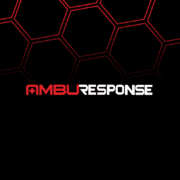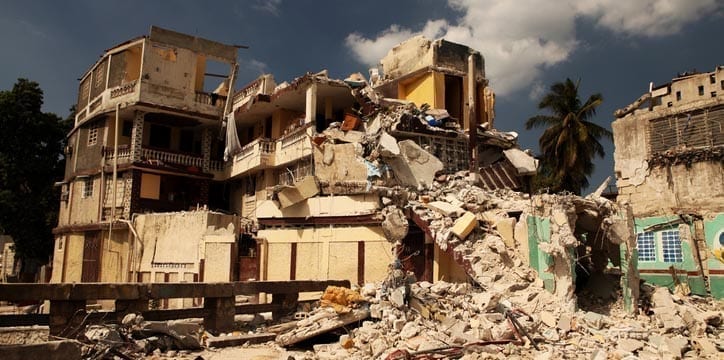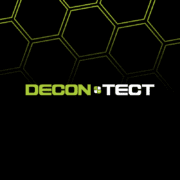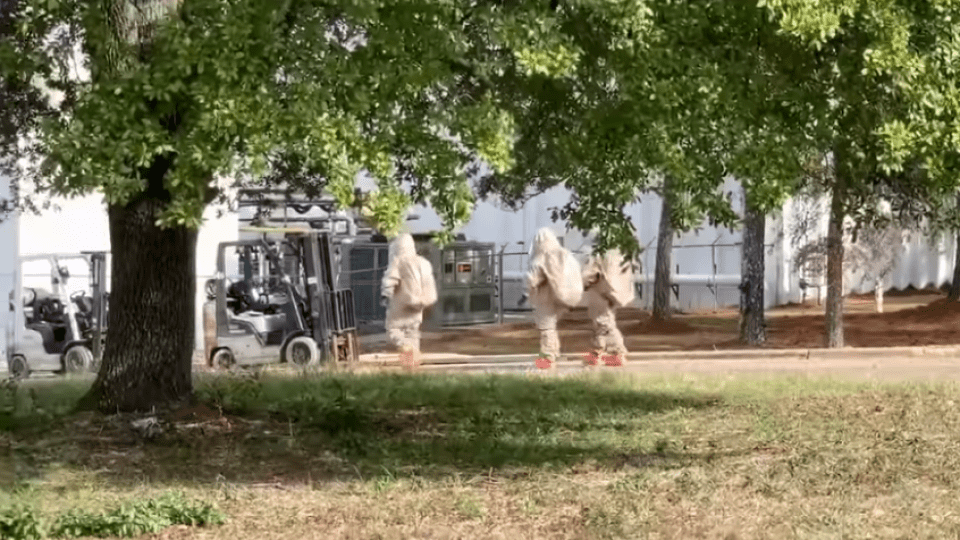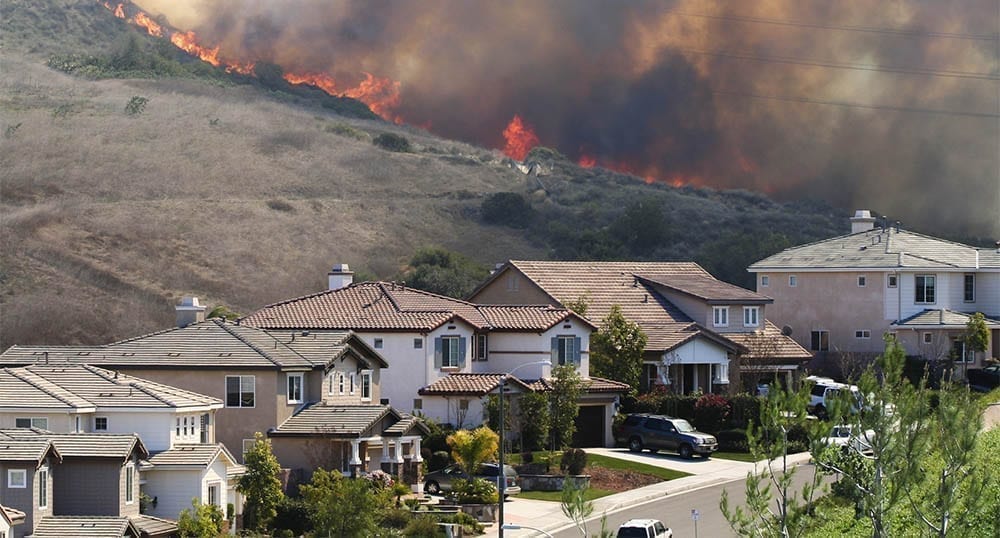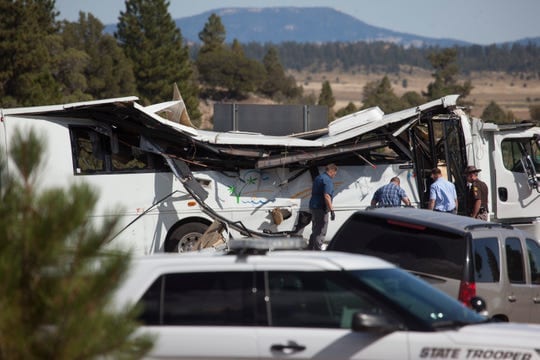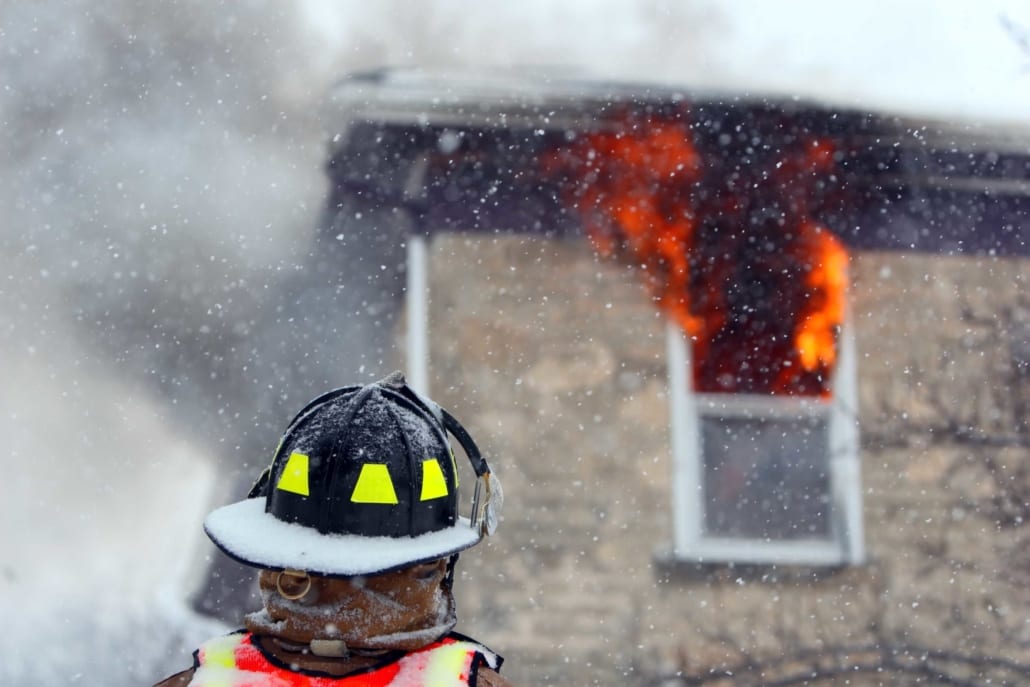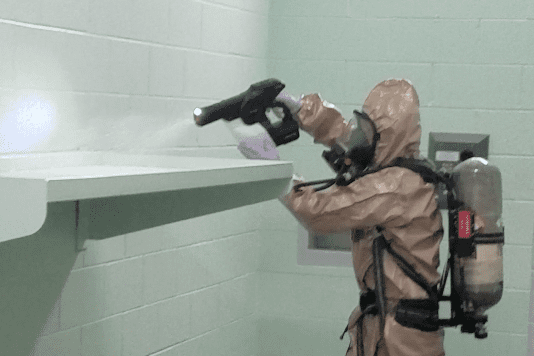American Firefighters in Australia Face Unique Challenges

Over 170 American firefighters have been deployed in Australia to assist in combating the country’s worst fire season. In addition to the unfamiliar vegetation, dangerous wildlife, and searing heat; these crews are finding that the enormous scale of these fires, and the vast distances covered, complicate sustained operations.
Operating half a world away from home in the southern hemisphere means that American firefighters face challenges in acclimating to both an altered sleep cycle, and the Australian climate. When the military deploys units overseas, soldiers are typically on lighter duties for a period to enable them to become acclimatized.
However, the American fire crews are often on the fire lines within hours of arriving in Australia. They are operating in a harsh climate fighting fires that burn hotter than many of the fires they face at home. Dangerous heat stress is a constant concern.
In addition, they are operating in areas that may be many miles distant from population centers with hospitals, hotels, and restaurants where they can relax and recover in the limited downtime away from the fireline. This means that they must bring almost everything they need to rehab with them.
There are several innovative technologies that can be deployed to manage heat stress and provide sheltered rehab and sleeping facilities in remote areas.
The U.S. Army developed a ruggedized, portable, heat stress management device that uses forearm immersion in cold water to quickly reduce body temperature and prevent heat stress.
The Immersion Cooling Equipment (ICE) ™ system is available exclusively from First Line Technology can be set up by one person in under two minutes. After assembling the frame, you simply fill the attached basin with cool water and if available, two twenty-pound bags of ice.
The ICE™ system can accommodate up to six users at a time. They simply immerse their hands and forearms into the cold water and walk in place. This helps cool their blood and circulate it throughout their bodies. This forearm immersion method has been proven by testing to reduce a person’s core body temperature by 1.8⁰F (1⁰C), every three to ten minutes.
In the event of a life-threatening case of heat stroke, the ICE System™ allows for full-body immersion of an individual up to six feet in height. The basin can hold a total weight of 600 pounds including water, ice, and the patient.
According to the Korey Stringer Institute, “Exertional heat stroke has had a 100% survival rate when immediate cooling (via cold water immersion or aggressive whole body, cold-water dousing) was initiated within 10 minutes of collapse.”
After heat stress management, having a facility to sit or lie down to rehab, or to use as sleeping quarters is a necessity for firefighters seeking relief from long hours on the fireline.
Equipping any available school or metro bus with an AmbuBus Conversion Kit™ creates a vehicle that can accommodate between 12 and 24 individuals on stretchers for rehab, as sleeping quarters, or for emergency medical transport.
The AmbuBus Conversion Kit™ is shipped in stackable, wooden crates that can be airlifted anywhere in the world. On arrival, the kit can be easily installed by two people in less than two hours without power tools.
A wide range of accessories are available to enhance the functionality of the AmbuBus including a Multiple-Patient Monitoring System (MPMS) ™, which uses Wireless Vital Signs Monitors (WVSM)®, which are compatible with a variety of laptops and mobile devices.
The Mass Casualty Oxygen System (MCOS) ™ is a completely portable oxygen distribution system that mounts to the AmbuBus™ frame and enables delivery of individually metered oxygen for up to nine people simultaneously.
There is also the AmbuPower™ LifeP04 Battery which is a self-contained, man-portable battery and inverter for use with the AmbuBus™ or anywhere that portable power is a necessity. It is silent, exhaust-free, and has 1000Wh true capacity making it the best replacement for noisy, bulky generators. It can be recharged from a solar charger or from any vehicle battery.
Get more information on the Immersion Cooling Equipment (ICE)™ system.
For more information on the AmbuBus™ and its related accessories.
Read the original article on U.S. Firefighters in Australia.

